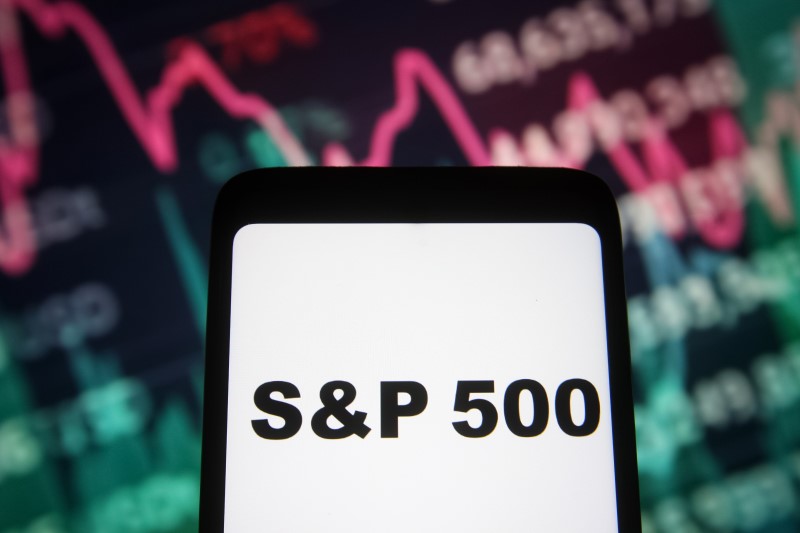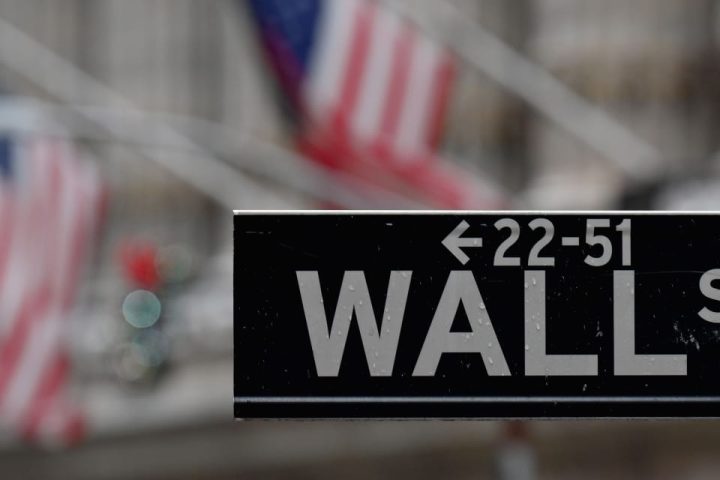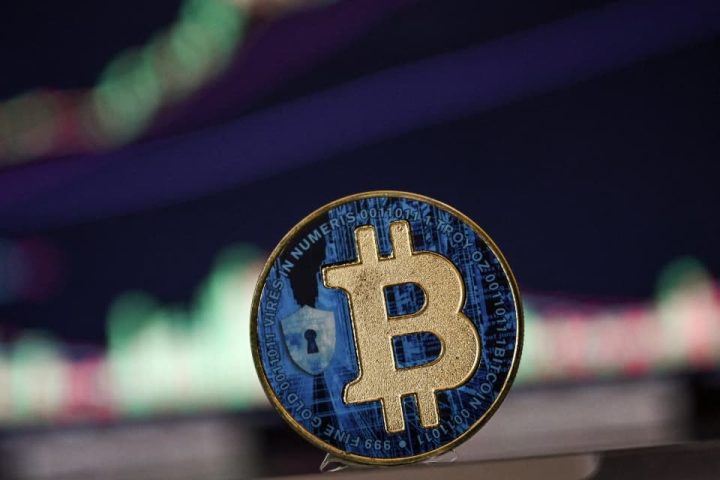By Jamie McGeever
ORLANDO, Florida (Reuters) – As banks and asset managers prepare 2024 investment outlooks, the emerging consensus will be tempered by the fact so many were wrong-footed this year by the relentless rise in U.S. borrowing rates.
If investors failed to heed the ‘don’t fight the Fed’ mantra this year, they should be doubly cautious about ignoring it again next year.
Of course, the economic expansion is another year older and the Federal Reserve is closer to the end of its rate-hiking campaign than it was 12 months ago. But betting against the Fed is risky, no matter where the economic or policy cycles are.
The recent rally in U.S. stocks and bonds looks likely to prompt another game of “cat and mouse” between the Fed and investors around a resulting loosening of financial conditions the central bank may or may not be happy with.
It’s a game markets have consistently been losing for the past 18 months, and may make them wary of another bout.
Assuming the slowing economy doesn’t suddenly fall off a cliff, which is now unlikely in most economists’ eyes, an inflation rate still well above 2% targets forces Fed officials to restate the view that rate cuts are off the agenda.
In that light, the 75 basis points of easing traders now expect next year appears somewhat optimistic. And if so, the current whoosh of optimism lifting asset prices and investor sentiment is probably misplaced also.
“It’s a fragile narrative the market is holding onto right now,” notes Yung-Yu Ma, chief investment officer at BMO Wealth Management.
John Porter, chief investment officer for equities at Newton Investment Management agrees. “Higher rates and higher inflation still pose headwinds for capital markets next year.”
WARNING SHOT
A quick comparison between some key market metrics and projections today versus the end of last year is instructive, bearing in mind how markets have performed so far in 2023.
At the end of 2022, annual PCE inflation was 5.4%, the fed funds policy target range was 4.25%-4.50%, rates futures were pricing in around 30 basis points of tightening over the next 12 months, the S&P 500 12-month forward price/earnings ratio was 17, and the 12-month earnings per share growth forecast was 4%.
So far this year the Fed has raised the policy rate by 100 basis points to a 5.25%-5.50% range, rates futures are now pricing in 75 bps of rate cuts in 2024, S&P 500 earnings growth this year is around 2.5%, and next year’s growth is projected at around 11%.
All in all, that might be a fairly optimistic picture, which is why the ebb and flow of financial conditions will be watched so closely.
Last month, with yields on their way to 16-year highs and Wall Street entering correction territory, nearly every Fed official specifically mentioned or alluded to tighter financial conditions cooling the economy rather than further rate hikes.
The sharp reversal now underway will be concerning – Goldman Sachs’s financial conditions index fell 50 bps in the week of Oct. 27-Nov. 3, one of the biggest declines in 20 years.
Dallas Fed President Lorie Logan on Tuesday fired what could be seen as a warning shot, saying the recent loosening meant the Fed’s fight against inflation may not yet be won.
For markets, there may be enough in the tank to keep the rally going for the rest of this year on overshooting momentum. But if the underlying fundamentals don’t match up, it won’t last.
“We see a year-end rally coming into play, and if the Fed cuts rates next year, equity markets will do ok,” said Colin Graham, head of multi-asset strategies at Robeco. “But that’s not our central view – rate expectations for next year are far too dovish.”
Graham is cautious on U.S. stocks. Apart from the ‘Magnificent Seven’ mega-tech stocks like Apple (NASDAQ:) and Amazon (NASDAQ:), which comprise around 28% of the S&P 500’s market cap, the earnings and performance picture has been less encouraging.
So far this year, these seven firms have accounted for almost 70% of the index’s 14% gains, only around a quarter of all stocks have outperformed the broader market, and the equal-weighted ‘s underperformance relative to the cap-weighted index is one of the biggest in years.
All that may suggest the market is an attractive bet going into next year, a fair assumption if interest rates, bond yields and credit conditions are easing. Less so if the Fed is minded to stay ‘higher for longer’.
(The opinions expressed here are those of the author, a columnist for Reuters.)
(By Jamie McGeever; Editing by Chizu Nomiyama)
Read the full article here







